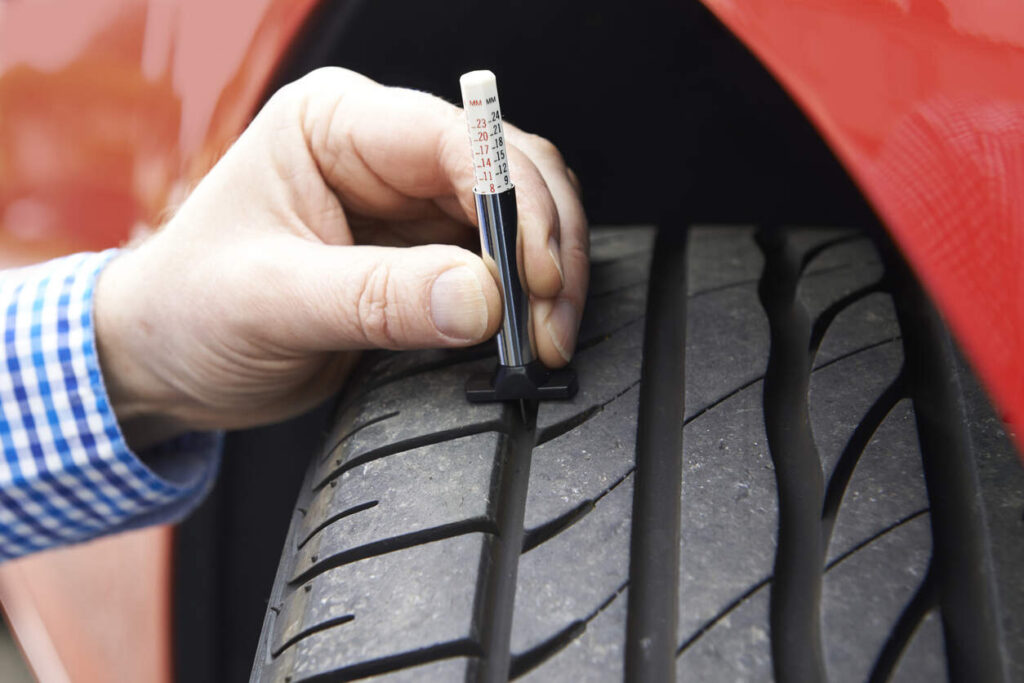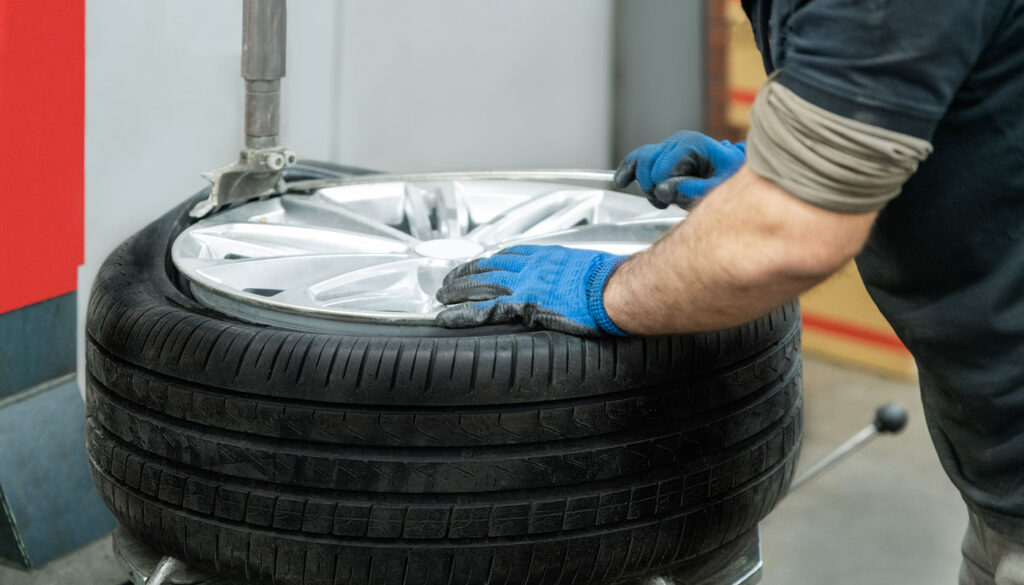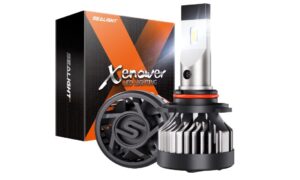When the snow starts to fall and the temperatures plummet, having reliable winter tires is essential for safe driving. But what if you’re considering purchasing them second-hand? Buying pre-owned snow tires can be a tempting way to save money, but it’s crucial to evaluate their condition carefully.
Winter driving presents unique challenges, and you need tires that can handle icy roads, deep snow, and freezing temperatures without compromising safety. This article will guide you through the process of assessing the safety of used winter wheels, helping you make an informed decision that keeps you and your vehicle safe on the road.
Make sure to check out the used tire shops near you to see what your best local bargains are!
Importance of Winter Tires
Winter tires are specifically designed to provide better traction in cold weather conditions. They have a unique rubber compound that remains flexible in low temperatures, allowing them to grip the road more effectively than all-season or summer wheels.
The tread pattern is also designed to handle snow and slush, channeling it away to maintain contact with the road. Given these specialized features, it’s easy to see why winter wheels are a necessity in cold climates.
However, the effectiveness of these tires can diminish over time, particularly if they’ve been used for multiple seasons or subjected to harsh conditions. The rubber can harden, and the tread can wear down, both of which reduce the tire’s ability to perform as intended. This is why it’s essential to carefully evaluate the condition of any used winter wheels you’re considering purchasing.

Source: tyrepower.com.au
Tread Depth ─ A Critical Factor
One of the first things to check when evaluating used winter tires is the tread depth. The tread is what helps the tires grip the road, and in winter conditions, this grip is even more crucial. The deeper the tread, the better the tires can bite into snow and ice, providing the traction needed to keep your vehicle stable.
Most experts recommend replacing winter tires when the tread depth reaches 6/32 of an inch. While the legal minimum tread depth for most wheels is 2/32 of an inch, winter wheels need more tread to perform effectively in snow and ice. If the tread is too shallow, the wheels won’t be able to channel snow and slush away from the contact patch, increasing the risk of slipping or losing control.
When inspecting used winter tires, it’s important to measure the tread depth with a gauge. If the depth is too shallow, it may be worth reconsidering the purchase, as the wheels might not provide the necessary traction for safe winter driving.
The Age Factor ─ How Age Affects Performance
While tread depth is a critical factor, the age of the tires also plays a significant role in their safety. Rubber deteriorates over time, even if the wheels haven’t been used much. This process is accelerated by exposure to sunlight, extreme temperatures, and the chemicals used in road salt. As the rubber ages, it becomes less flexible, which can reduce the wheel’s ability to grip the road.
To determine the age of the wheels, look for the DOT code on the sidewall. This code includes a series of numbers that indicate the week and year of manufacture. For example, if the code reads “2518,” the wheel was made in the 25th week of 2018. Most manufacturers recommend replacing tires after six years, regardless of tread depth, due to the natural aging of the rubber.
When evaluating used winter wheels, be cautious of those that are more than six years old, even if they appear to have plenty of tread left. The rubber may have hardened to the point where it can no longer provide adequate traction, especially in icy conditions.

Source: living.acg.aaa.com
Examining the Sidewalls ─ Look for Signs of Damage
The sidewalls of a wheel are its most vulnerable part. They are thinner than the tread and more susceptible to damage from impacts, such as hitting a curb or pothole. Even a small cut or puncture in the sidewall can weaken the wheel, increasing the risk of a blowout.
When inspecting used winter tires, carefully examine the sidewalls for any signs of damage. Look for cuts, cracks, bulges, or any other irregularities that could indicate a compromised structure. If you notice any damage, it’s best to avoid purchasing those tires, as they may not be safe to use, especially in the challenging conditions of winter driving.
In addition to visible damage, be aware that sidewalls can also suffer from internal damage that isn’t immediately apparent. This can occur if the wheels have been driven on while underinflated or if they’ve been subjected to a significant impact. Unfortunately, internal damage is difficult to detect without specialized equipment, so it’s important to ask the seller about the tire’s history and whether it’s ever been involved in an accident or driven under low pressure.
Matching Wheels ─ The Importance of Consistency
When purchasing used winter wheels, it’s crucial to ensure that they match in size, brand, and tread pattern. Mismatched tires can create a host of problems, particularly in winter conditions where traction and stability are paramount. Wheels with different tread patterns or sizes can cause uneven wear, reduce traction, and lead to unpredictable handling.
If you’re buying a set of four used tires, make sure they are all the same make and model, and that they have similar tread depth. Mixing and matching tires can lead to imbalanced handling, which can be especially dangerous on icy or snowy roads. Consistency is key to maintaining control of your vehicle, particularly in winter driving conditions.
If you’re only replacing one or two wheels, try to find ones that closely match the remaining tires on your vehicle. Even slight differences in tread depth or pattern can affect the way your vehicle handles, so it’s important to match them as closely as possible.

Source: dealer.porsche.com
Impact of Storage Conditions
The way tires are stored can have a significant impact on their condition, particularly when it comes to winter tires. Tires that have been exposed to direct sunlight, extreme temperatures, or moisture can deteriorate much faster than those stored in a cool, dry place. Poor storage conditions can cause the rubber to dry out, crack, and harden, all of which reduce the tire’s effectiveness.
When evaluating used winter wheels, it’s important to ask the seller about how they were stored. Ideally, tires should be stored indoors, away from direct sunlight, in a climate-controlled environment. If the tires were stored outside or in a place where they were exposed to the elements, they may have deteriorated more quickly, even if they were not in use.



























